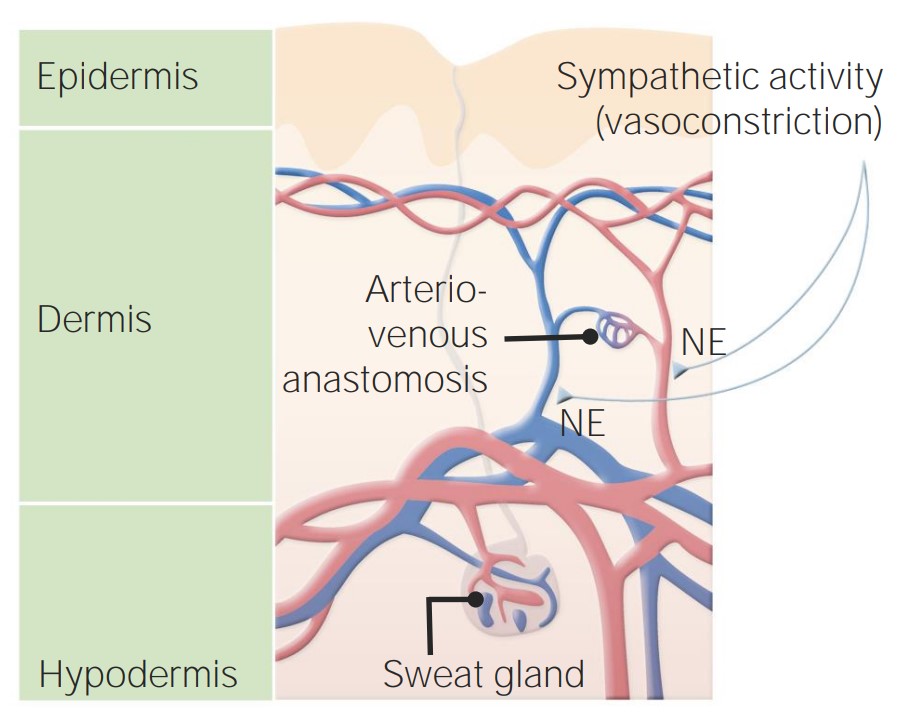Playlist
Show Playlist
Hide Playlist
Central Line Pressure Monitoring (Nursing)
-
Slides Central Line Pressure Monitoring Nursing.pdf
-
Reference List Critical Care Nursing.pdf
-
Download Lecture Overview
00:01 Our next invasive hemodynamic monitoring is our central venous pressure monitoring. 00:07 This is taken by putting a catheter in the internal jugular or subclavian vein and recording the pressure that's inside of there. 00:14 Now we're going to be using the brown port on that which is the most distal port, so we have the most accurate. 00:20 You want to get as close to the right atrium as possible. 00:23 You can take a pressure from the femoral artery, but this is farther away from the right atrium and may not be as accurate as the subclavian vein or the internal jugular. 00:35 From this we get the central venous pressure, which later in our series will discuss further. 00:43 I'm going to show you how to set up a pressure tubing to get ready for an arterial line or a central venous pressure line or a PA catheter line. 00:51 So I've got my normal saline here. 00:53 I've wrap my pressure bag. 00:55 You're going to need a transducer holder and your pressure tubing. 00:58 So first thing is to hang these up and get it ready to spike. 01:04 So, I'm going to put this in right here. 01:09 And then make sure I lock it, so that no saline is going everywhere. 01:14 Then I'm going to put the transducer into the transducer holder. 01:21 Just like that. 01:23 Now I'm going to prime it. 01:25 Okay, so as I open it... 01:38 I need to pull the pigtail in order for saline to come through. 01:42 Now most important is that I'm not priming it under pressure. 01:47 If you prime this under pressure, you will cause agitation to the saline and you're gonna get a bunch of micro bubbles that form in this tubing, and they're gonna get stuck and cause a damp and wave form. 02:00 Once I've got it primed, I'm gonna lock it off. 02:03 And then I'm going to turn the stopcock up so that no saline comes back out and then I'm ready to start. 02:10 The only other thing I need to do is grab this pressure bag and then we need to put this tubing under pressure. 02:23 So I'm going to grab this, guide it through it. 02:30 Just like that. 02:31 It's got a little hook on here. 02:34 That's going to hold it in there. 02:35 And then I'm going to pump this up to 300 mmHg. 02:41 Okay, so as I pump it's putting pressure into the system and on the bag. 02:54 Okay. 02:58 Now, this is going to rise up and get to 300 mmHg. 03:09 Okay, now I'm at 250 and then I'm in the green spot, which means I'm at 300 mmHg. 03:14 A lot of times a lot of nurses like to turn the stopcock up to prevent any air loss. 03:19 So now with this setup, I am ready to start transducing my arterial line, my central venous pressure line or my PA catheter. 03:28 Now one last piece of information. 03:30 In order to get this transducer to send a signal to your bedside monitor is you need to hook up a cable from this part into your bedside monitor and then make sure that the stopcock is at the phlebostatic axis.
About the Lecture
The lecture Central Line Pressure Monitoring (Nursing) by Corey Hardin, BSN, RN, CCRN-CMC, CV-BC is from the course Hemodynamic Monitoring (Nursing).
Included Quiz Questions
Which are the preferred insertion sites for central line catheters for central venous pressure monitoring? Select all that apply.
- Internal jugular vein
- Subclavian vein
- Radial artery
- Femoral artery
- Brachiocephalic vein
The stopcock of the transducer should be in line with which axis?
- The phlebostatic axis
- The frontal axis
- The sagittal axis
- The vertical axis
Customer reviews
5,0 of 5 stars
| 5 Stars |
|
5 |
| 4 Stars |
|
0 |
| 3 Stars |
|
0 |
| 2 Stars |
|
0 |
| 1 Star |
|
0 |




